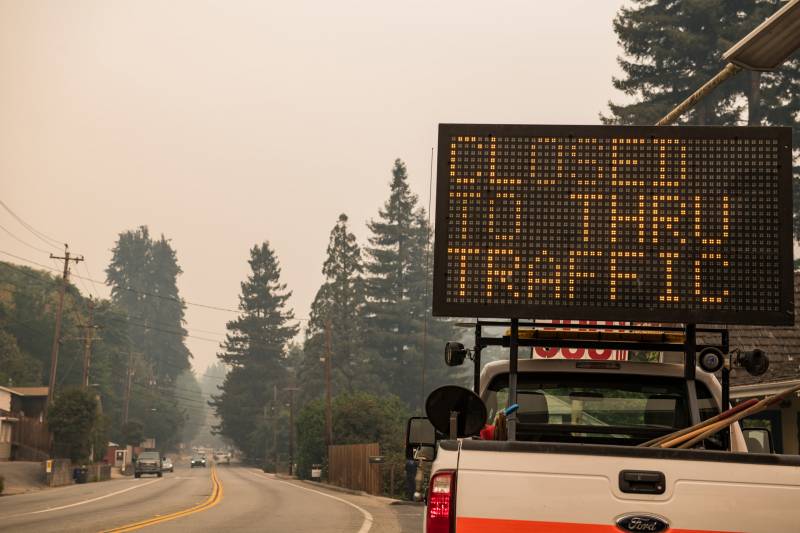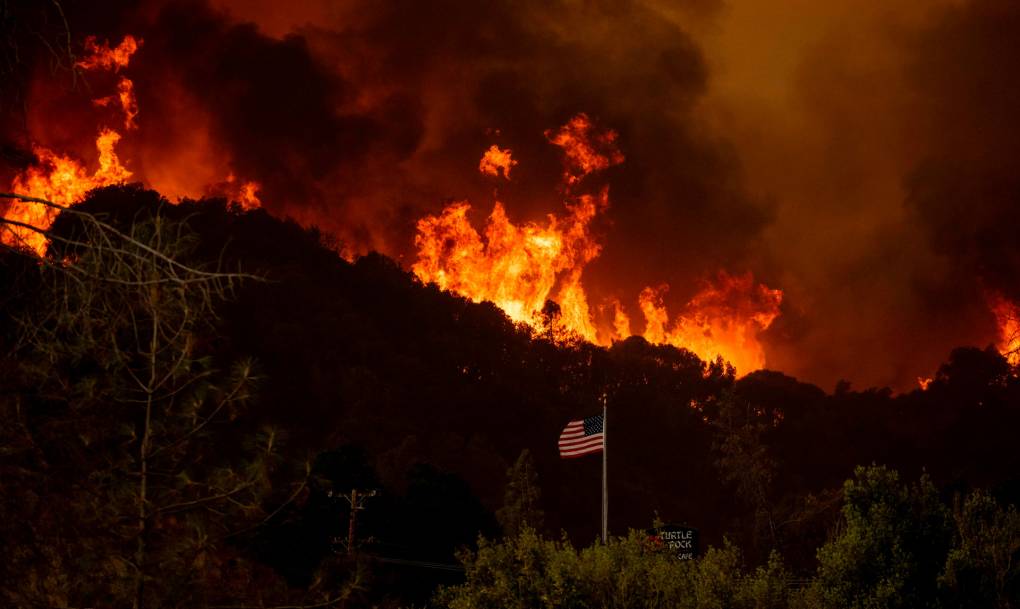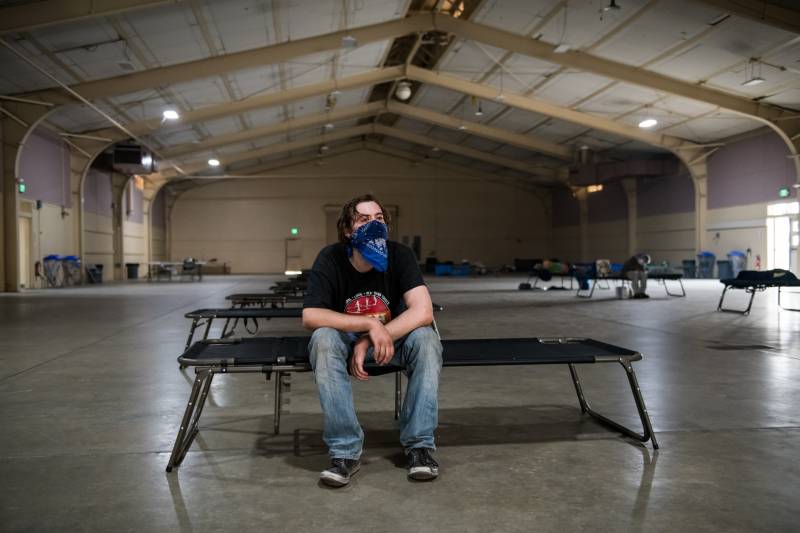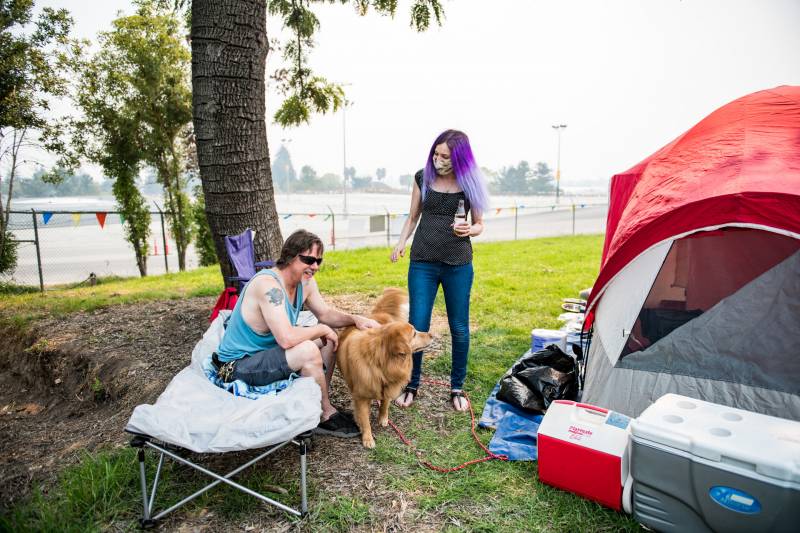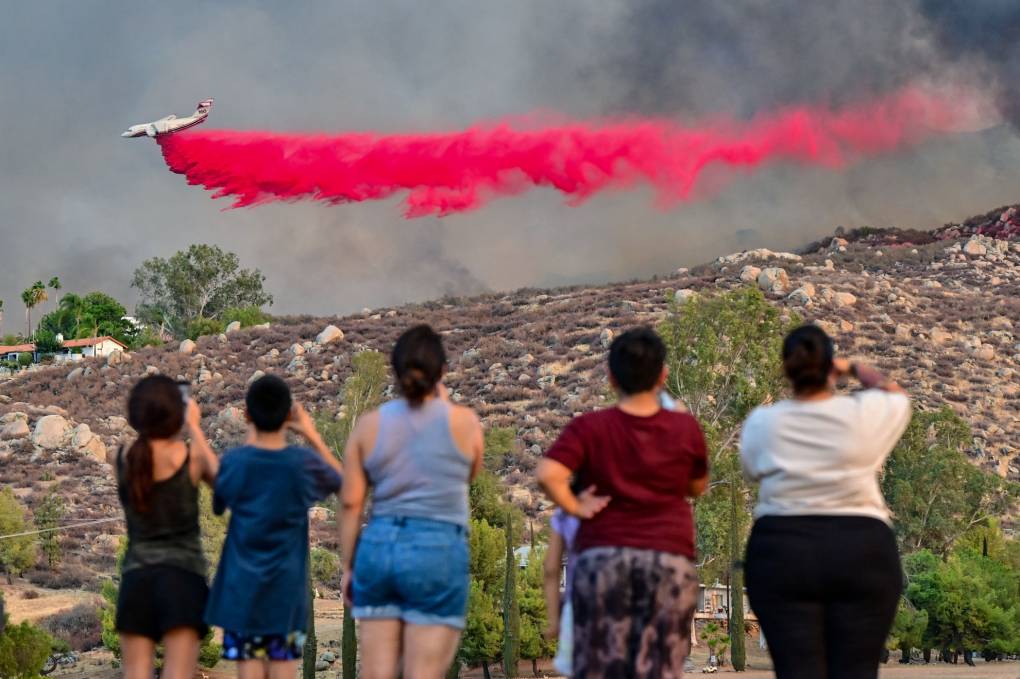Reading this during the January 2025 Los Angeles County wildfires? Find your local emergency alert signup in this LAist guide and sign up for the Watch Duty app to monitor fires near you.
Having to evacuate your home due to threat of wildfire is a scary prospect — especially if you’ve never had to do it before.
Looking for fire information in your county?
Fires can move erratically, says Cal Fire spokesperson Heather Williams, and they can move into communities that would never have suspected themselves to be under threat of wildfires or evacuation. That’s why it’s important to know about the best procedures for safely leaving your home, and to be prepared ahead of time for the worst — even if the possibility seems unlikely.
We know our audiences have questions about how evacuation works, from when you should leave to what you should bring. Here are the answers to some common questions about evacuations in a wildfire.
Skip to:
- How will I know if I have to evacuate?
- What do I bring with me?
- What should I wear?
- Where do I go once I’ve evacuated?
- What if this all happens at night?
- What if I or someone in my family has a medical or mobility issue?
- What if I don’t have a car?
What’s the difference between an evacuation warning and an evacuation order?
An evacuation warning comes before an evacuation order, and is a warning that you might need to evacuate soon. The evacuation order is mandatory, i.e., “go time.”
If your home is under an evacuation warning, that’s the time to make sure you and your family know your emergency plan, and to prepare your emergency bag. If you or anyone in your family has medical or mobility issues, consider evacuating when you get the warning, and not waiting until a possible evacuation order.
Evacuation warnings should always be taken seriously, says Heather Williams of Cal Fire — because a mandatory evacuation order could follow “at any minute.”
“A warning doesn’t mean you have to stick around and wait for the order,” said Cal Fire Chief Thom Porter. “You can go during a warning. You can go if you’re sucking smoke and you have respiratory or other underlying issues, and you’re in the smoke for days.”
“Allow for firefighters to do what they need to do without having to rescue you,” stressed Porter. “We need people to leave and we need people to leave early.”
How will I know? Will there be sirens?
Cal Fire says that a “hi-lo” siren will be used to alert residents if it is time to leave, in the event of an evacuation order. If the area is remote, fire engines may also be sent to alert residents physically.
Do not wait for someone to come to your door and order you to leave. The information on whether or not you have to evacuate your home will come from your county, and it’s really important to proactively stay up to date on the latest alerts:
Reading this during the January 2025 Los Angeles County wildfires? Find your local emergency alert signup in this LAist guide.
For the wider Bay Area:
Alameda County evacuation information
- Alameda County evacuation updates at Cal Fire’s incident site.
- Alameda County emergency website
- Sign up for Alameda County Nixle alerts.
Amador County evacuation information
- Cal Fire Amador/El Dorado unit on Twitter
- Amador County sheriff’s Facebook page
- Amador County emergency alerts via CodeRED
- Sign up for Amador County emergency alerts via CodeRED.
Contra Costa County evacuation information
El Dorado County evacuation information
- Cal Fire Amador/El Dorado unit on Twitter
- El Dorado County evacuations map
- El Dorado sheriff’s Twitter feed
- El Dorado sheriff’s Facebook page
- Sign up for El Dorado County Nixle alerts.
- Sign up for El Dorado County emergency alerts via CodeRED.
Napa County evacuation information
- Napa County evacuation map
- Napa County Twitter feed
- For the most up-to-date information, Napa County officials recommend residents reach out to the Cal Fire public information line at (707) 967-4207.
- Sign up for Napa County Nixle alerts.
San Joaquin County evacuation information
- San Joaquin County evacuation map
- SJReady (San Joaquin County of Emergency Services)
- SJReady Alerts for emergency events and public safety notices
Santa Clara County evacuation information
- Santa Clara County website
- The hotline for Santa Clara residents under evacuation orders is (408) 808-7778.
- Sign up for Santa Clara County Nixle alerts.
Solano County evacuation information
- Solano County sheriff’s Twitter feed
- For Solano County evacuation questions, call (707) 784-1634 or (707) 784-1635.
Sonoma County evacuation information
- Sonoma County emergency information
- Sonoma County evacuation map
- Sign up for Sonoma County Nixle alerts.
Heather Williams of Cal Fire also recommends signing up for the state’s emergency alert system at calalerts.org.
